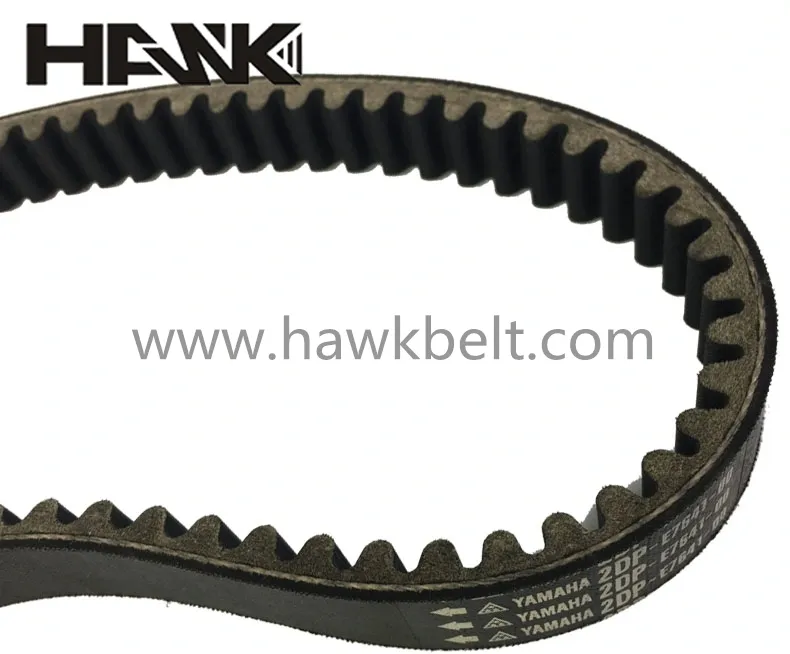- Arabic
- French
- Russian
- Spanish
- Portuguese
- Turkish
- Armenian
- English
- Albanian
- Amharic
- Azerbaijani
- Basque
- Belarusian
- Bengali
- Bosnian
- Bulgarian
- Catalan
- Cebuano
- Corsican
- Croatian
- Czech
- Danish
- Dutch
- Afrikaans
- Esperanto
- Estonian
- Finnish
- Frisian
- Galician
- Georgian
- German
- Greek
- Gujarati
- Haitian Creole
- hausa
- hawaiian
- Hebrew
- Hindi
- Miao
- Hungarian
- Icelandic
- igbo
- Indonesian
- irish
- Italian
- Japanese
- Javanese
- Kannada
- kazakh
- Khmer
- Rwandese
- Korean
- Kurdish
- Kyrgyz
- Lao
- Latin
- Latvian
- Lithuanian
- Luxembourgish
- Macedonian
- Malgashi
- Malay
- Malayalam
- Maltese
- Maori
- Marathi
- Mongolian
- Myanmar
- Nepali
- Norwegian
- Norwegian
- Occitan
- Pashto
- Persian
- Polish
- Punjabi
- Romanian
- Samoan
- Scottish Gaelic
- Serbian
- Sesotho
- Shona
- Sindhi
- Sinhala
- Slovak
- Slovenian
- Somali
- Sundanese
- Swahili
- Swedish
- Tagalog
- Tajik
- Tamil
- Tatar
- Telugu
- Thai
- Turkmen
- Ukrainian
- Urdu
- Uighur
- Uzbek
- Vietnamese
- Welsh
- Bantu
- Yiddish
- Yoruba
- Zulu
нов . 02, 2024 05:48 Back to list
flat belt
Understanding Flat Belts A Key Component in Mechanical Power Transmission
Flat belts have been a cornerstone in mechanical engineering and industrial applications for centuries. They are a type of mechanical belt that transmits power between rotating shafts. Characterized by their flat, rectangular shape, these belts are essential for various machinery, including conveyors, industrial machines, and various tools.
Design and Construction
Flat belts are typically made from durable materials such as rubber, leather, or synthetic fabrics. Their design allows them to accommodate different lengths and widths, providing flexibility for various applications. The surface of a flat belt can be textured or smooth, depending on the requirements for grip and friction. The belts are often reinforced with cords made from materials like polyester or nylon to enhance their strength and prevent stretching during operation.
Functionality and Advantages
The primary function of a flat belt is to transfer mechanical power from one shaft to another while allowing for some degree of movement. This allows for the transmission of power over long distances with minimal loss due to friction. One of the key advantages of flat belts is their ability to operate quietly and smoothly, making them ideal for environments where noise reduction is a priority.
flat belt

Additionally, flat belts can easily accommodate changes in speed and direction of rotation. They are particularly effective in applications where space constraints limit the use of gear systems or heavier machinery. The simplicity of their design also contributes to easier maintenance and lower operational costs, making them a preferred choice in many industries.
Applications Across Industries
Flat belts find applications in various sectors, including automotive, manufacturing, and agriculture. In automotive applications, they are commonly used in engines to drive components such as alternators and water pumps. In manufacturing, flat belts are integral to conveyor systems, transporting products efficiently within production lines. In the agricultural sector, these belts can be found in machinery that processes crops or aids in planting.
Future of Flat Belts
As technology advances, the materials and designs of flat belts continue to evolve. New synthetic materials are being developed to improve durability and performance, reducing wear and tear over time. Additionally, the integration of smart technology, such as sensors for monitoring belt condition, is becoming more prevalent, ensuring that maintenance can be performed proactively.
In conclusion, flat belts play a crucial role in power transmission across various fields. Their simplicity, efficiency, and versatility continue to make them an indispensable component in modern machinery. As industries look for ways to enhance efficiency and reduce operational costs, flat belts will likely remain a foundational element in mechanical design and engineering for years to come.
-
Korean Auto Parts Timing Belt 24312-37500 For Hyundai/Kia
NewsMar.07,2025
-
7PK2300 90916-T2024 RIBBED BELT POLY V BELT PK BELT
NewsMar.07,2025
-
Chinese Auto Belt Factory 310-2M-22 For BMW/Mercedes-Benz
NewsMar.07,2025
-
Chinese Auto Belt Factory 310-2M-22 For BMW/Mercedes-Benz
NewsMar.07,2025
-
90916-02660 PK Belt 6PK1680 For Toyota
NewsMar.07,2025
-
drive belt serpentine belt
NewsMar.07,2025

